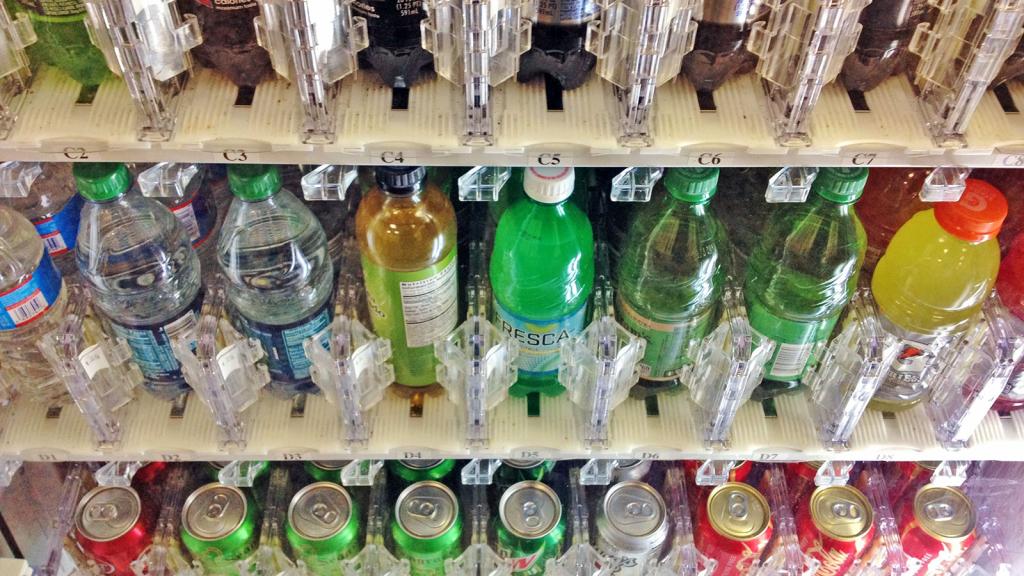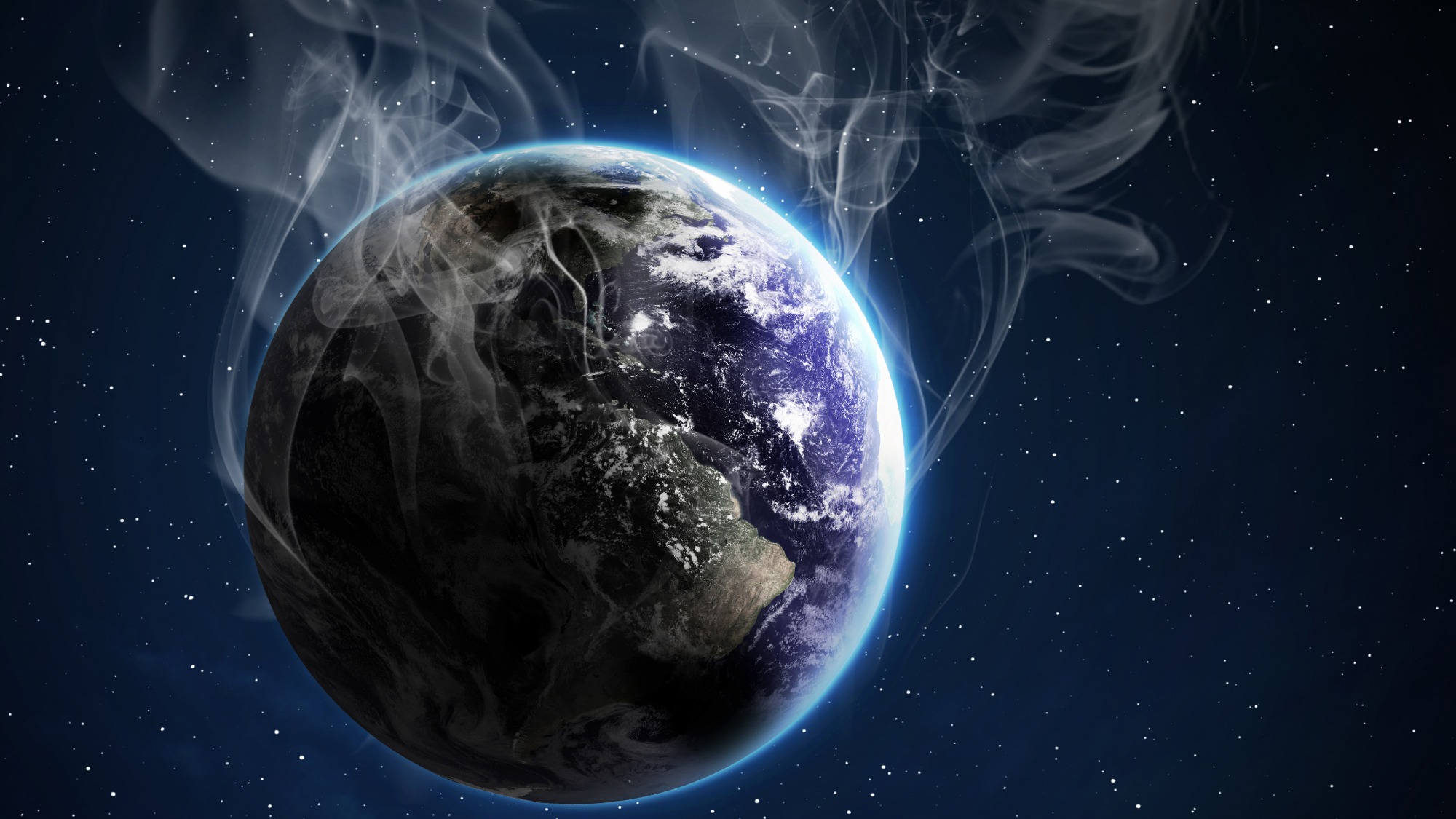“Save the planet.” This is an oft-used phrase in the fight against climate change — one meant to relay the gravity of global warming as well as to inspire action. After all, what could be more important than saving the only planet we humans are capable of comfortably residing on until Elon Musk colonizes Mars?
But that’s the thing: When we talk about “saving the planet,” what we’re really talking about is saving ourselves. The truth is, the climate has been changing for a long time, well before humans were around. NOAA speculates that in the planet’s early days, temperatures were as high as 3,600 degrees. Later, huge swaths of the planet were covered in ice. We had nothing to do with that.
But the difference between those great changes and what’s happening now is time. Earth is 4.5 billion years old and humans have only been around for 200,000 years of it — but, boy, have we made an impact. From agriculture to industrialization, we’ve been heating this floating orb like a magnifying glass on an anthill, and that’s where the problems lie.
Vox has a great new video that explains why contemporary climate change is so different than what happened on Earth before we stuck our grubby little fingers in everything. Watch it above, but before you get too depressed about the state of humanity, take solace in this: Through all of the changes in our planet’s history, life went on. Life adapted and evolved because that’s what life does. Even if/when we all drown in rising seas, life will still go on. We might not be around to enjoy it, but something will.



